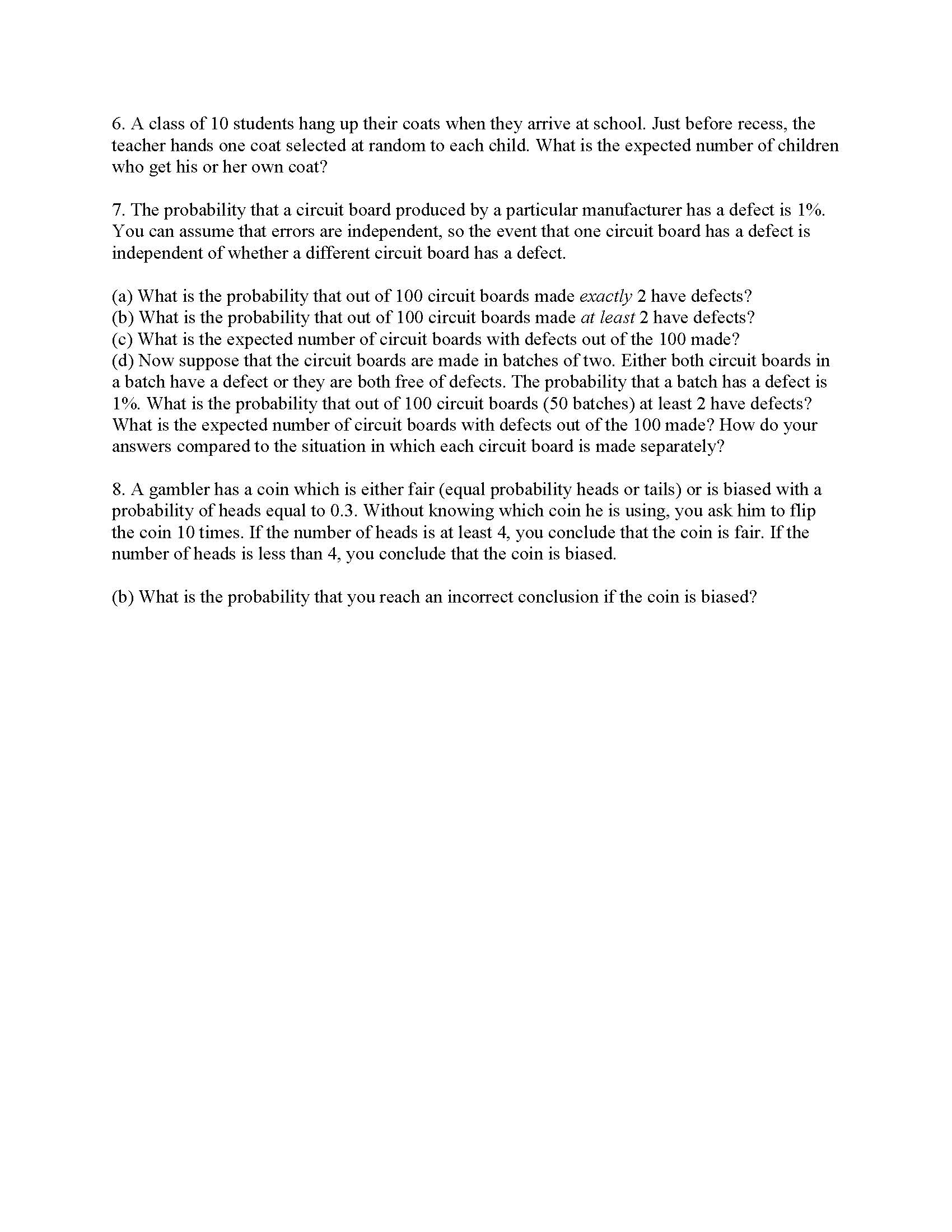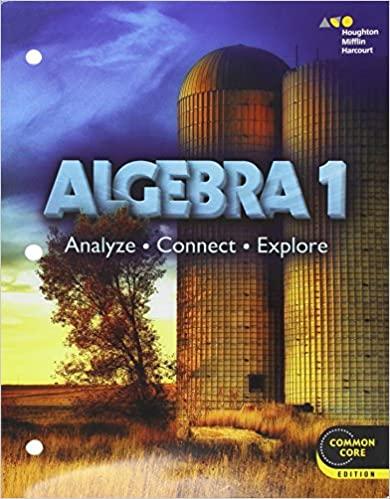Thanks for all the assistance, its greatly appreciated.
l. A 5-card hand is dealt from a perfectly shuffled deck of playing cards. What is the probability of each of the following events? (b) What is the probability that the hand is a three of a kind? A three of a kind has 3 cards of the same rank. The other two cards do not have the same rank as each other and do not have the same rank as the three with the same rank. For example, {49, 40, 44-, JQ, 89} is athree ofa kind. (0) What is the probability that all 5 cards have the same suit? (d) What is the probability that the hand is a two of a kind? A two of a kind has two cards of the same rank (called the pair). Among the remaining three cards, not in the pair, no two have the same rank and none of them have the same rank as the pair. For example, {49, 4Q, JQ, Kala, 8V} is atwo of a kind. 2. A 5-card hand is dealt from a perfectly shufed deck of playing cards. What is the probability of each of the following events? (a) The hand has at least one club. (b) The hand has at least two cards with the same rank. (c) The hand has exactly one club or exactly one spade. (d) The hand has at least one club or at least one spade. 3. The letters {a, b, c, d, e, f, g} are put in a random order. Each permutation is equally likely. Dene the following events: - A: The letter b falls in the middle (with three before it and three after it) - B: The letter c appears to the right of b, although c is not necessarily immediately to the right of b. For example, "agbdcef' would be an outcome in this event. . C: The letters \"def" occur together in that order (e.g. "gdetbca") (a) Calculate the probability of each individual event. That is, calculate p(A), p(B), and p(C). (b) What is p(AlC)? (c) What is p(BlC)? (d) What is p(AlB)? (e) Which pairs of events among A, B, and C are independent? 4. Two student council representatives are chosen at random from a group of 7 girls and 3 boys. Let G be the random variable denoting the number of girls chosen. What is E[G]? 5. A fair die is rolled once. Let X be the random variable that denotes the square of the number that shows up on the die. For example, ifthe die comes up 5, then X = 25. What is E[X]? 6. A class of 10 students hang up their coats when they arrive at school. Just before recess, the teacher hands one coat selected at random to each child. What is the expected number of children who get his or her own coat? 7. The probability that a circuit board produced by a particular manufacturer has a defect is 1%. You can assume that errors are independent, so the event that one circuit board has a defect is independent of whether a different circuit board has a defect. (a) What is the probability that out of 100 circuit boards made exactly 2 have defects? (b) What is the probability that out of 100 circuit boards made at least 2 have defects? (c) What is the expected number of circuit boards with defects out of the 100 made? (d) Now suppose that the circuit boards are made in batches of two. Either both circuit boards in a batch have a defect or they are both free of defects. The probability that a batch has a defect is 1%. What is the probability that out of 100 circuit boards (50 batches) at least 2 have defects? What is the expected number of circuit boards with defects out of the 100 made? How do your answers compared to the situation in which each circuit board is made separately? 8. A gambler has a coin which is either fair (equal probability heads or tails) or is biased with a probability of heads equal to 0.3. Without knowing which coin he is using, you ask him to ip the coin 10 times. If the number of heads is at least 4, you conclude that the coin is fair. If the number of heads is less than 4, you conclude that the coin is biased. (b) What is the probability that you reach an incorrect conclusion if the coin is biased








